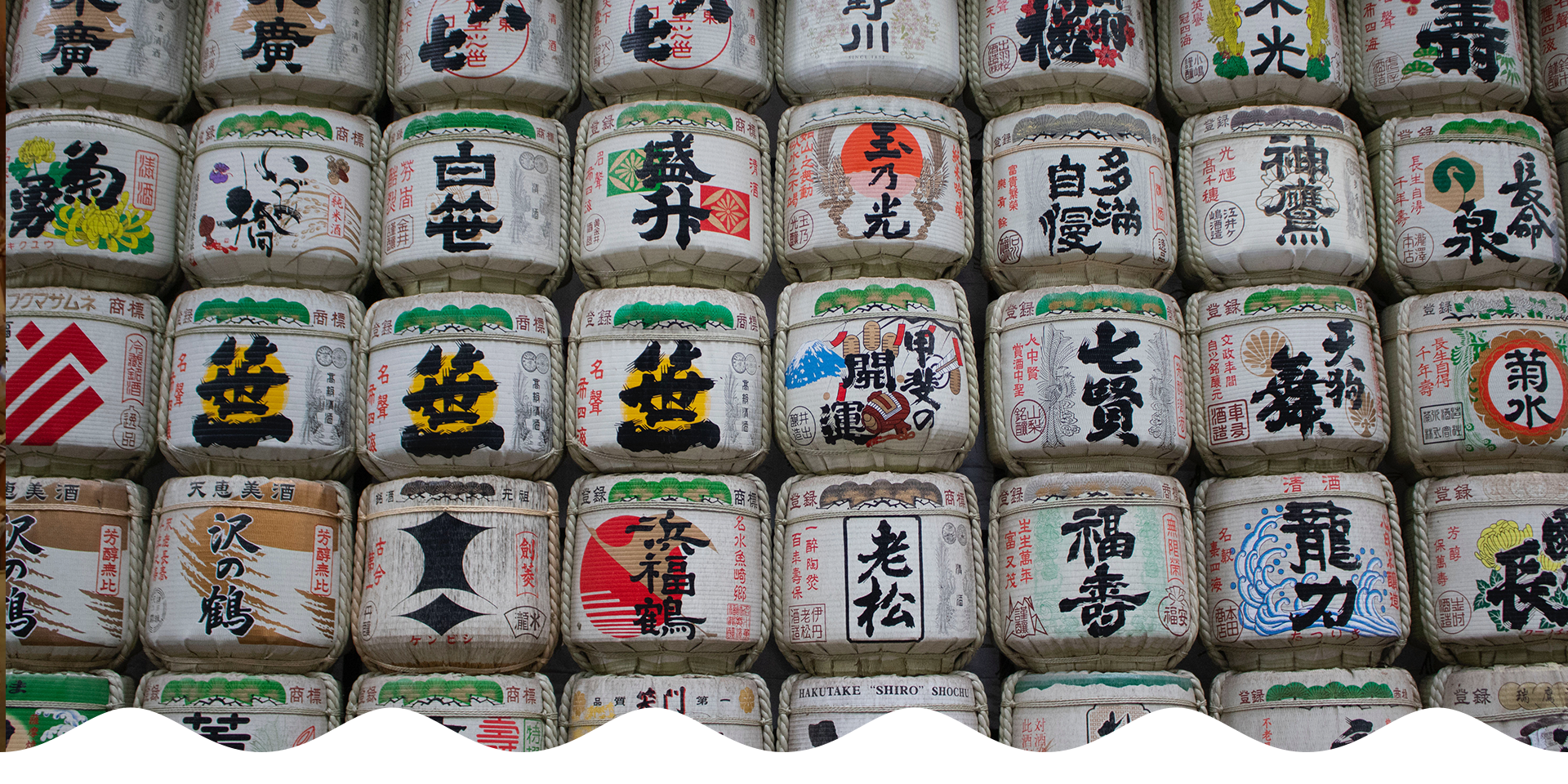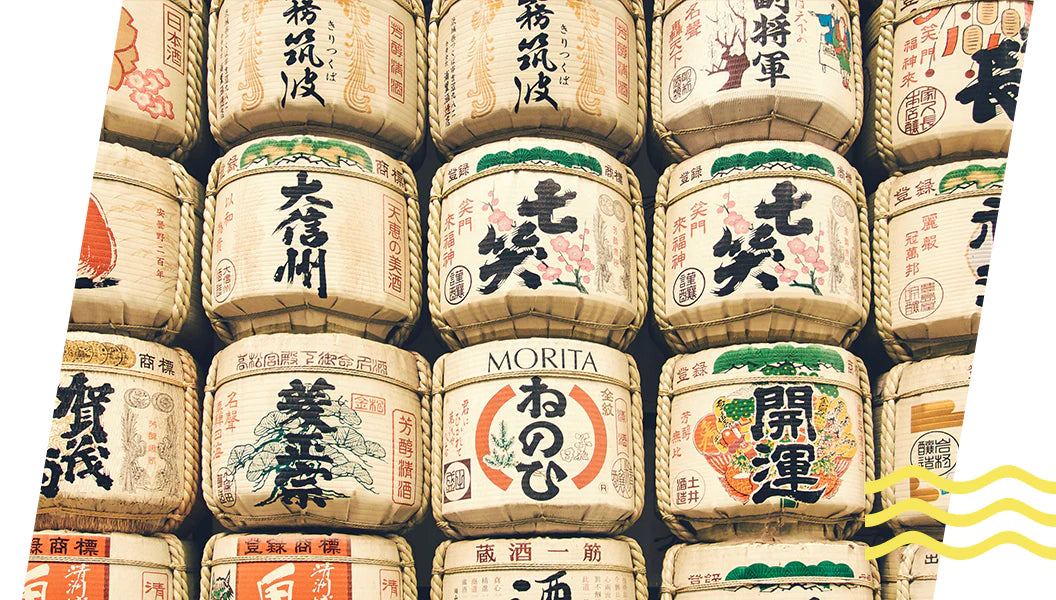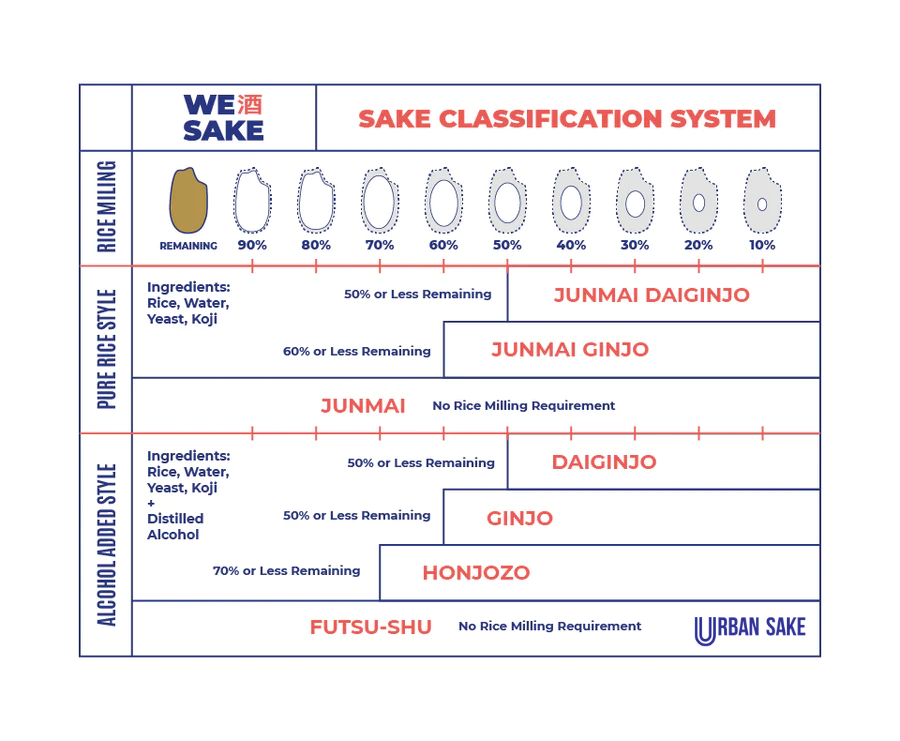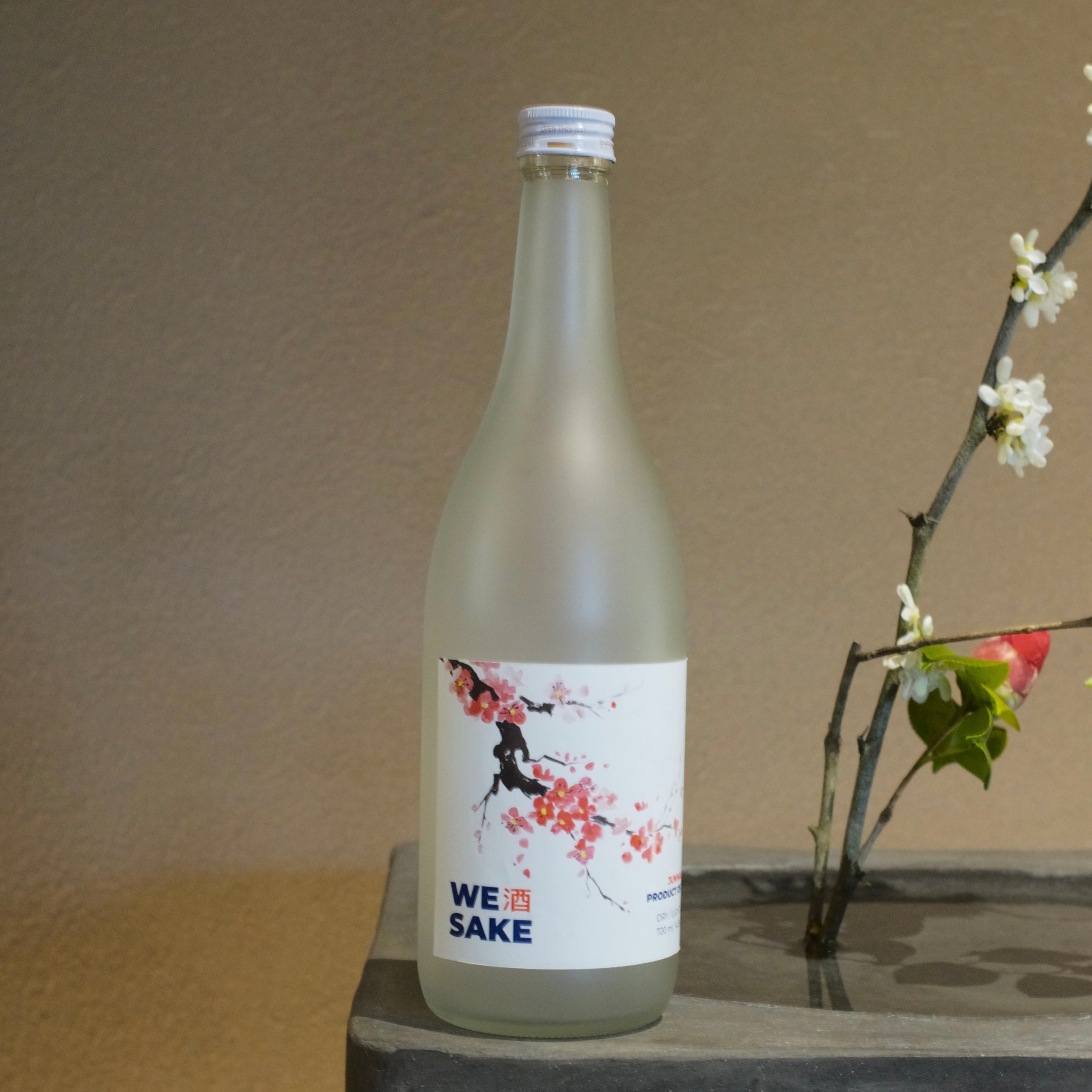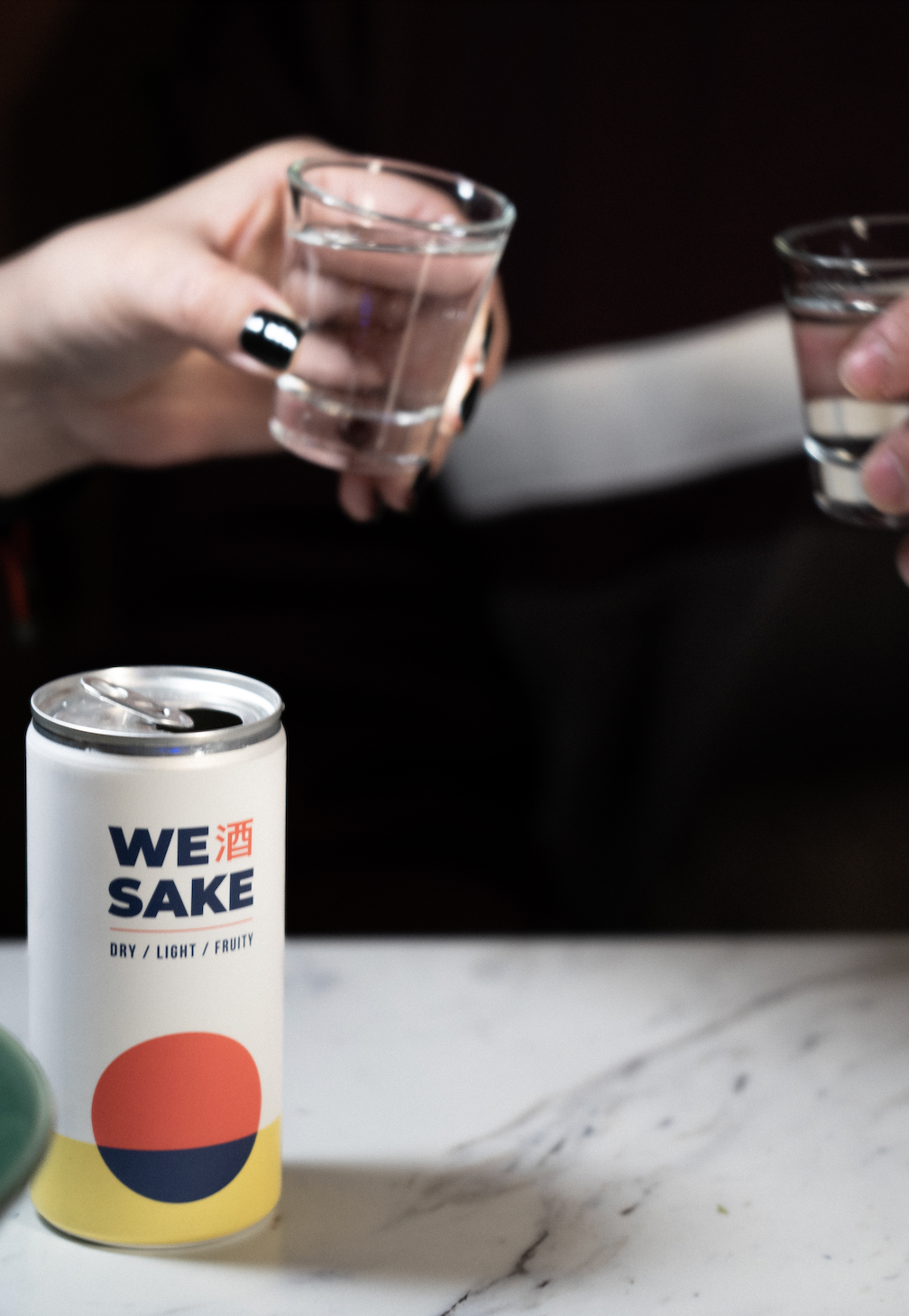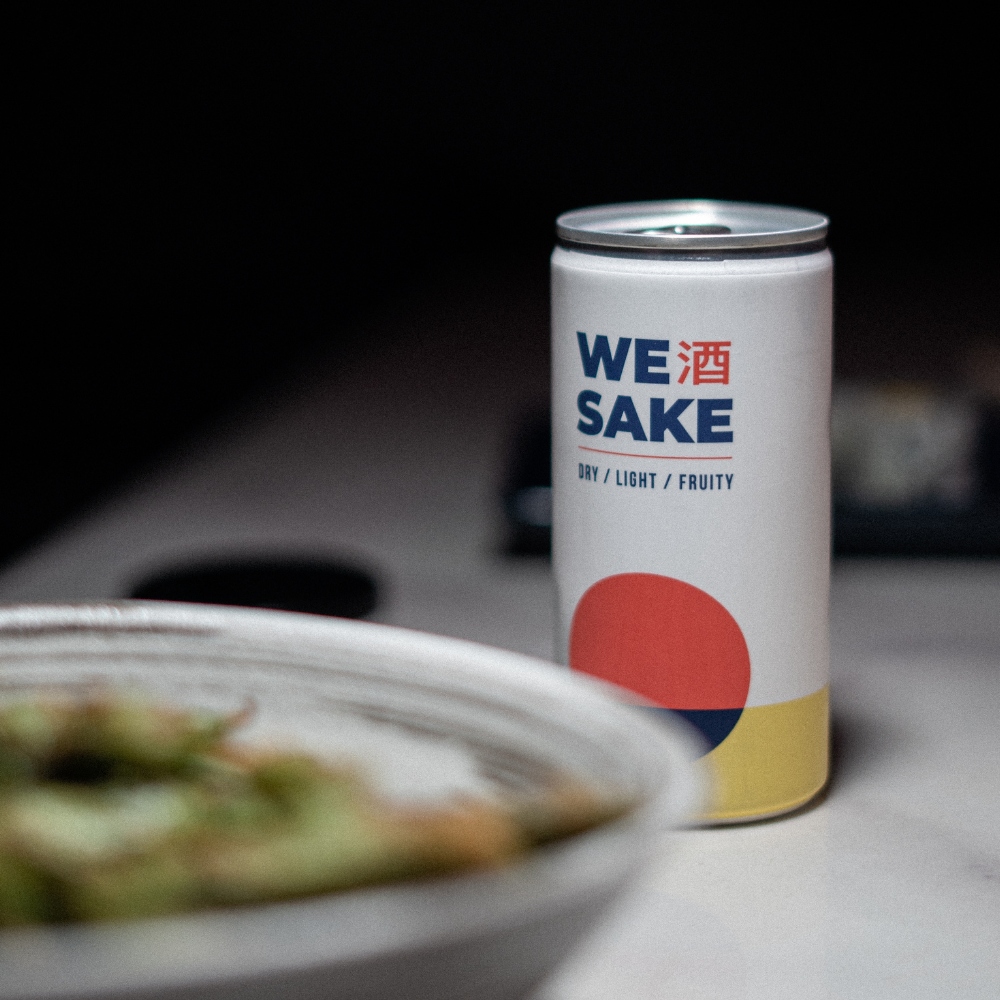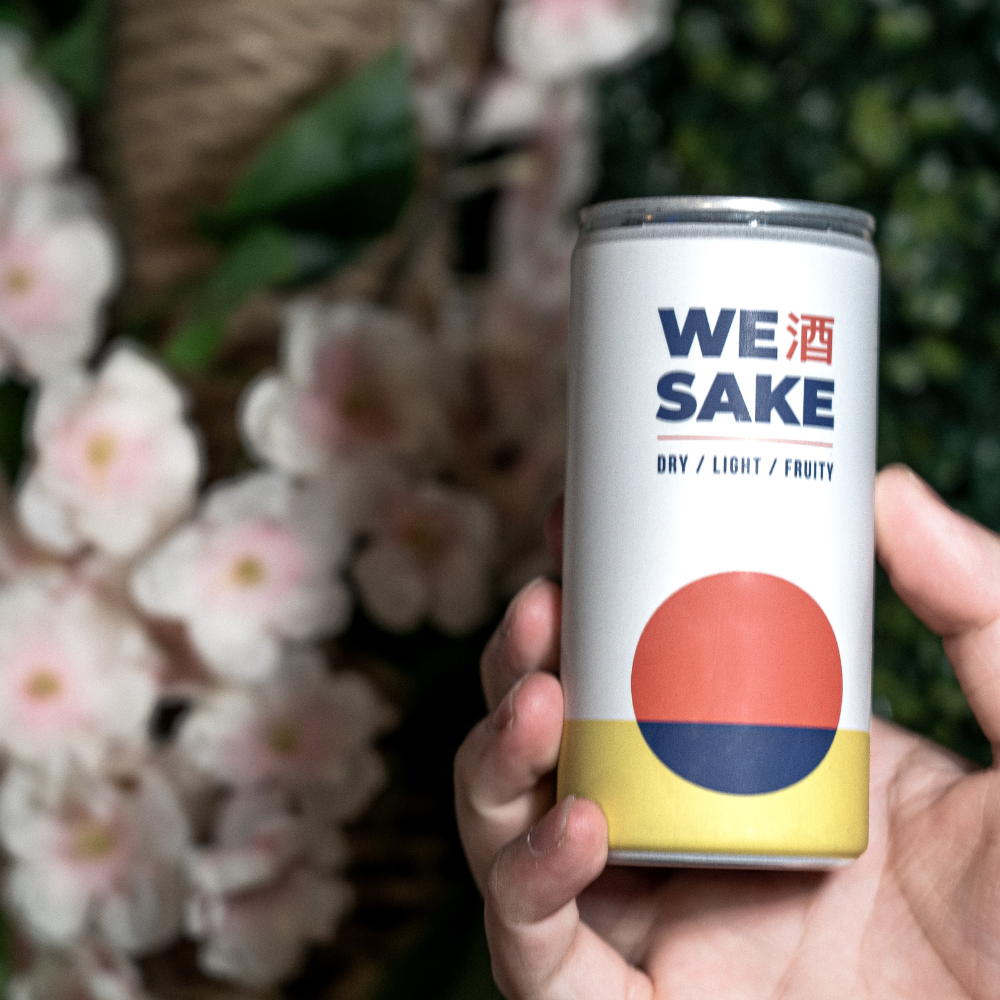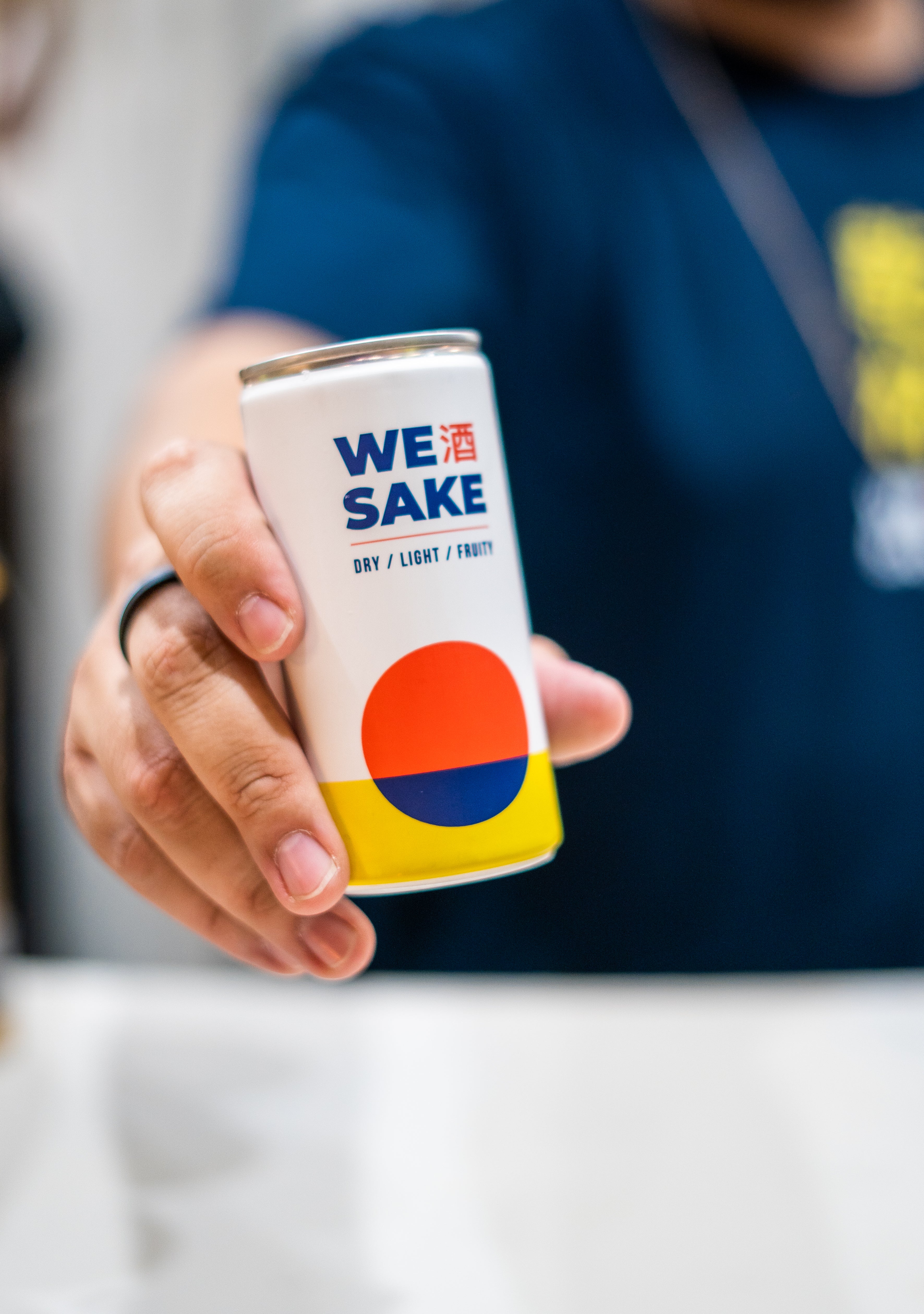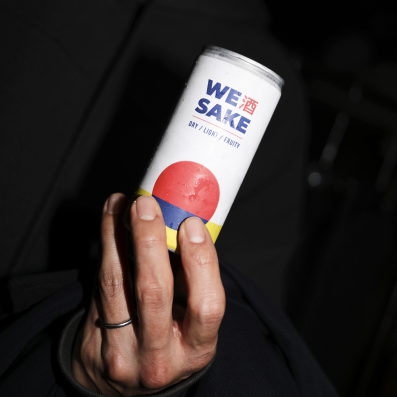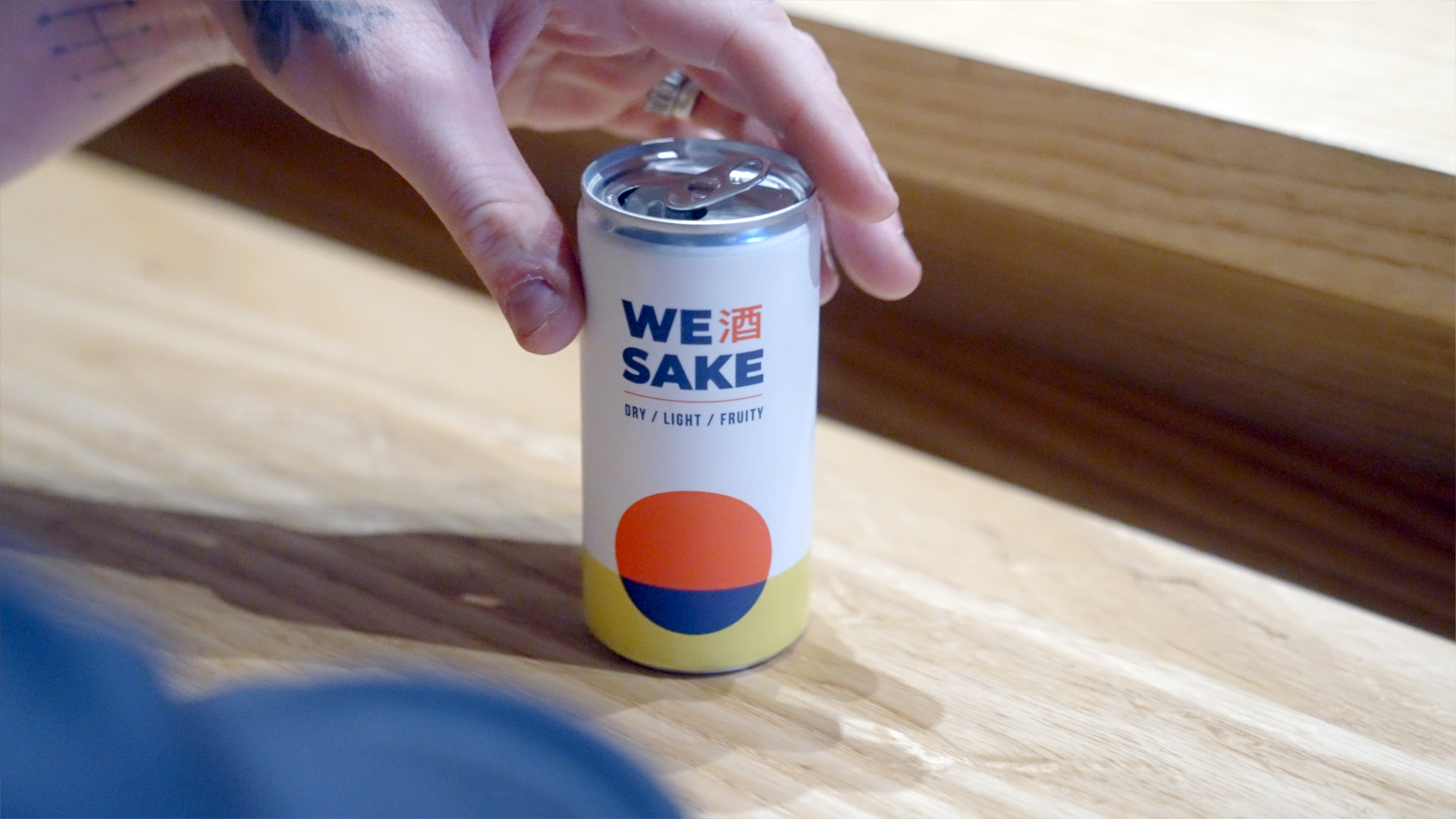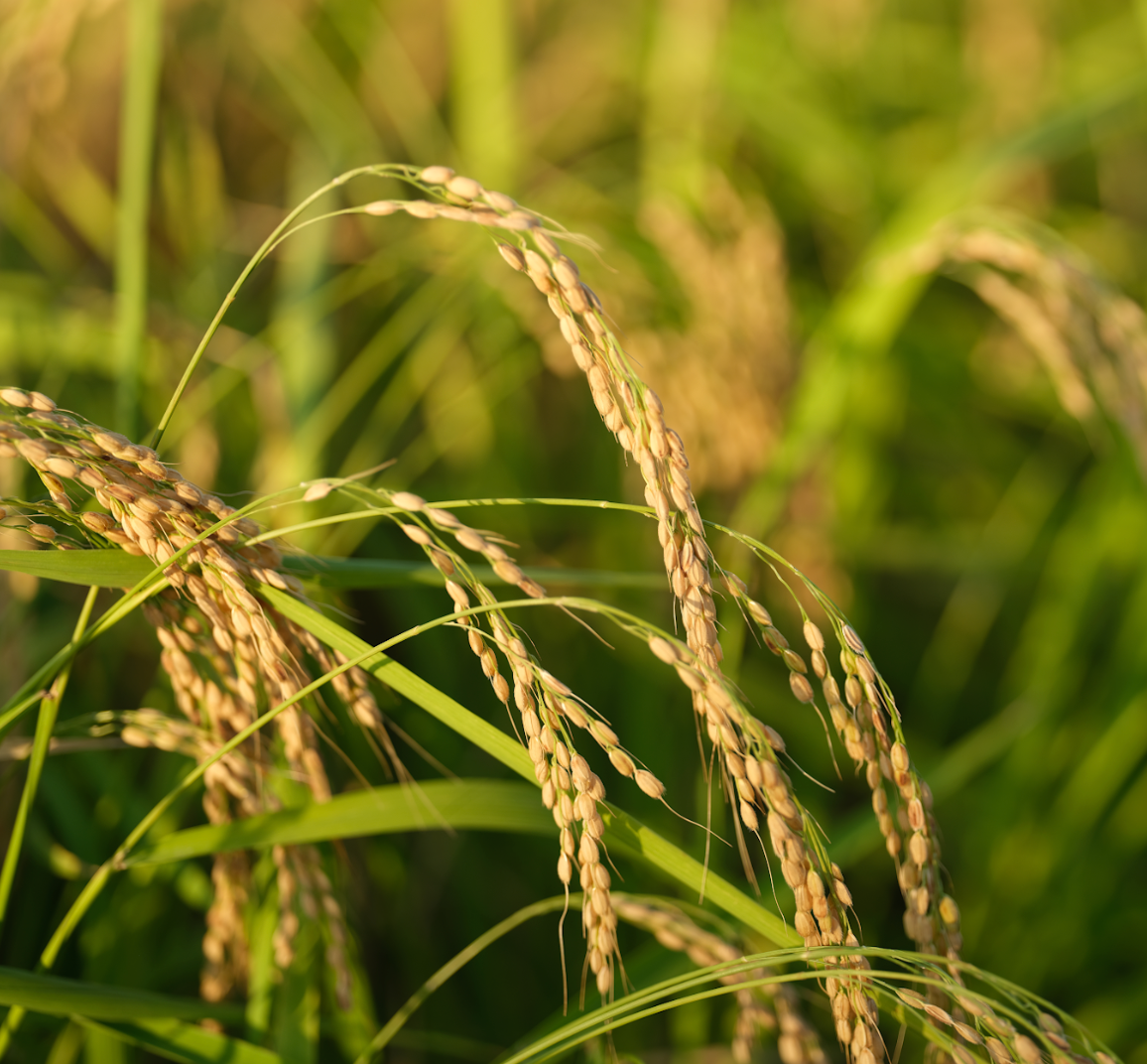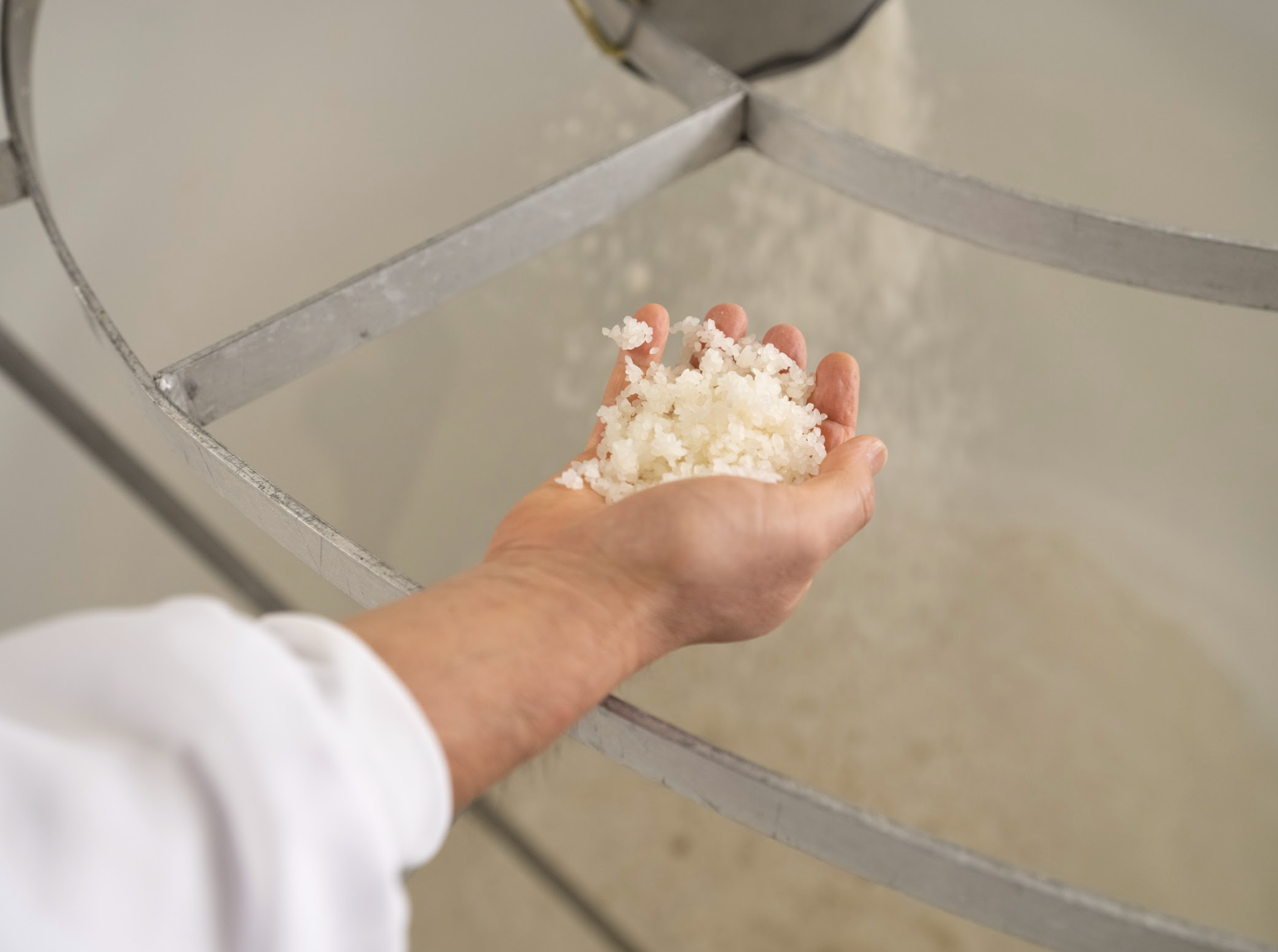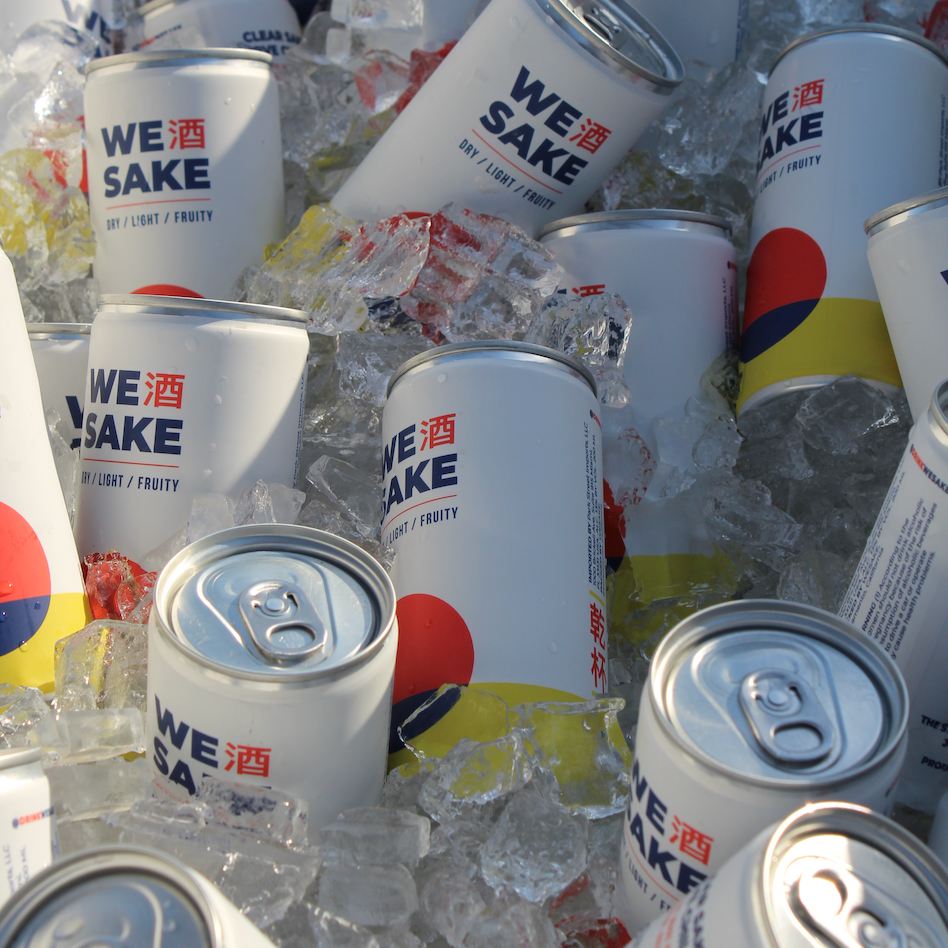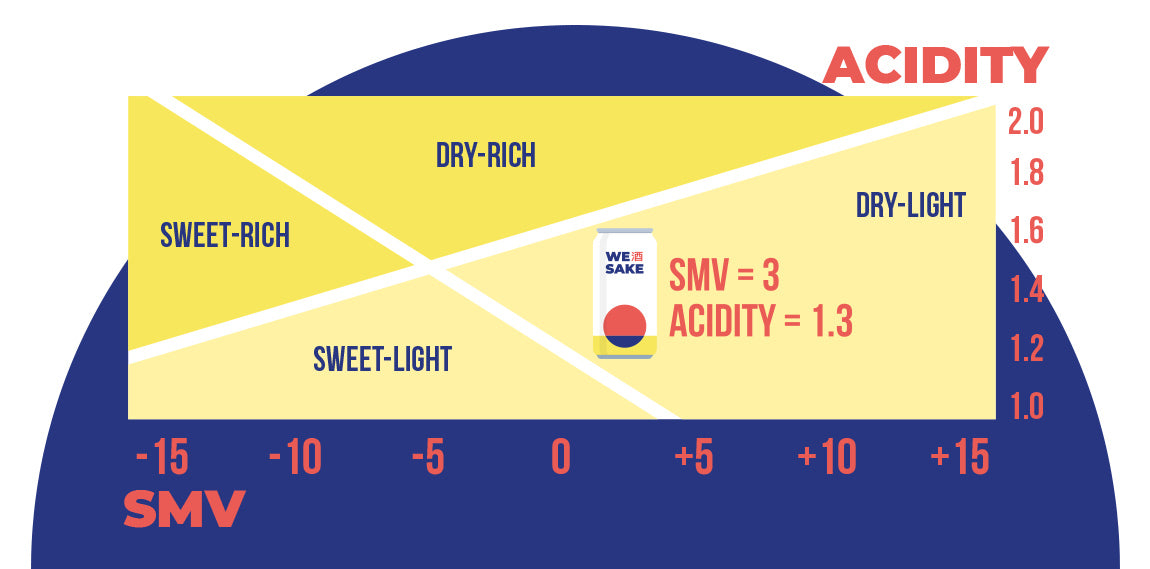Not a beer
Not a wine
Not a spirit
Sake is Sake
Sake is a unique beverage unto itself. Many think sake is a wine, but it isn’t. Sake, or as referred to in Japan "Nihonshu", is an alcoholic beverage of Japanese origin that is crafted through a brewing process by fermenting polished rice.
Simple Ingredients
Sake is made using only four simple and clean ingredients: rice, water, koji, and yeast.
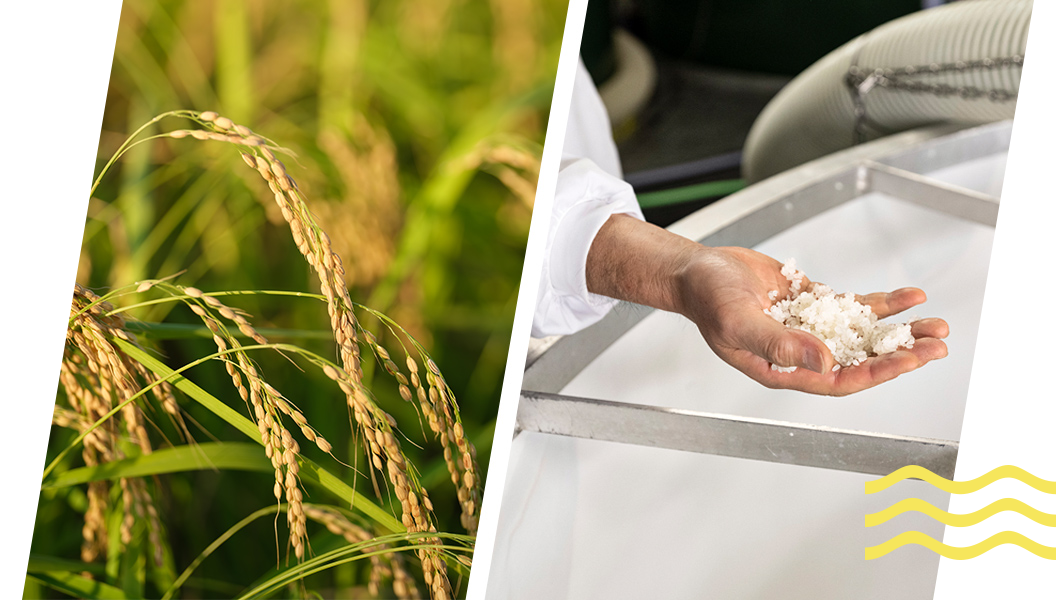
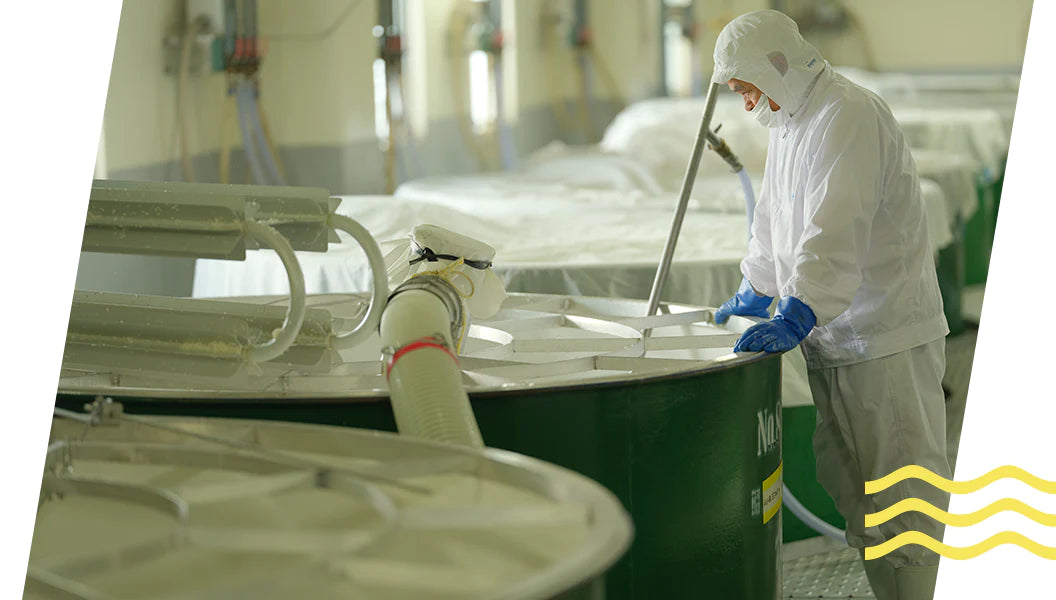
Brewing Process
Sake is made through a fermentation process similar to the one of beer using rice, water, koji and yeast as it's main ingredients.
Sake Origin
Sake literally means "Japanese liquor" and has been in Japanese tradition for a long time, but it can be produced anywhere in the world.
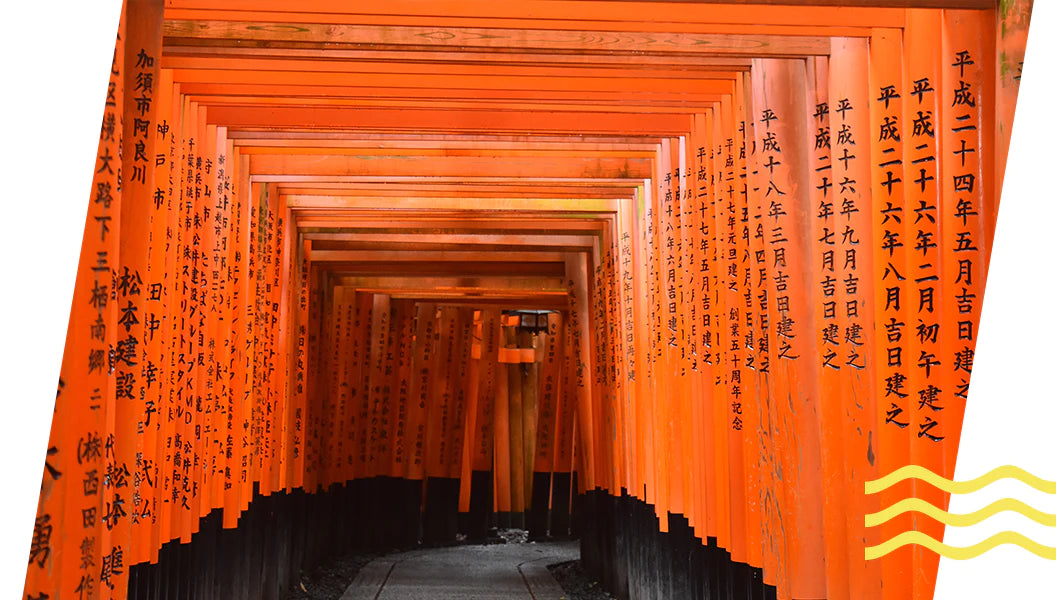
Types of sake
Sake is classified by several factors that include the type of rice used, it's brewing process, filtration, and more.



